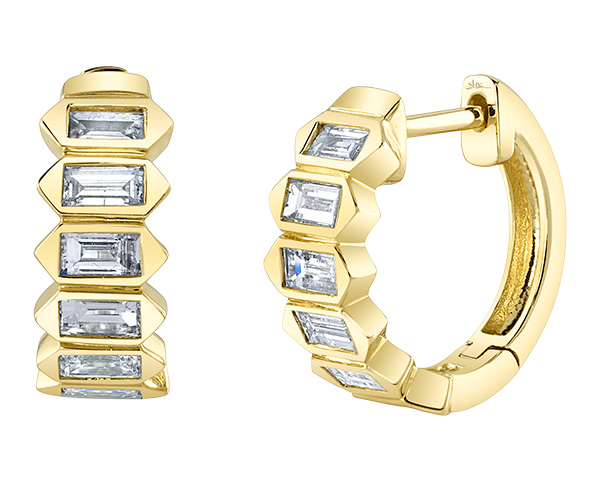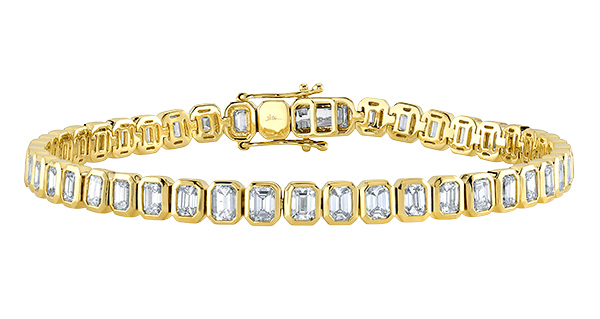
Erich Jacobs has been president of the Jewelers Board of Trade since 2019. He talks with JCK about what his group’s statistics say regarding the health of the industry, if the industry will continue to consolidate, and why “lab-grown disputes” have become a thing.
Before the pandemic, Jewelers Board of Trade’s numbers typically showed a lot of businesses closing. Then, with COVID-19 everything became harder to track. But now we’re seeing a roughly commensurate number of openings and closings. Is consolidation bottoming out?
Post-COVID, there was a dip [in the number of listed companies], which was really catch-up from COVID, as there were a lot of zombie companies still listed.
Now I’m seeing in the data some potential for a drop-off again, as some companies are on the edge. You still have that kind of steady consolidation among the upstream side—the manufacturers and the distributors.

Will the retail side also continue to consolidate?
I do believe that, because there’s a pretty good chunk of folks—the 60-, 70-year-old mom-and-pops that got through COVID and stuck it out—that are still open but could close.

It seems a lot more jewelers are coming into the industry.
Those numbers have been going up, but it’s mostly smaller companies that started as an online presence and then opened a brick-and-mortar store. So it’s not even. You have big companies going out, and smaller ones coming in.
Are you still seeing more lab-grown diamond companies entering the market?
Yes. We are also seeing an increase in what I would call “lab-grown disputes.” That’s where, as part of our collections business, the creditor will allow for a merchandise return instead of getting paid their cash. Historically, we have always had a couple of times a year where we saw retailers doing a merchandise return, and the creditor says, “It’s 20-year-old merchandise, and it’s out of style,” and there’s a dispute over it. But it’s not anything that’s unresolvable.
What we’ve seen a couple of times already this year is somebody who took on a bunch of lab-grown diamonds and got into a collections issue. The creditor wants to get paid for those lab-grown diamonds, and the debtor says, “No, here’s the lab-grown diamonds back.” And the creditor says, “No, their value has dropped. I don’t want them back.” On some occasions, it’s a little baffling to us because it’s a company that originally bought the diamonds, so what’s the problem?

Are you starting to see any thinning of the herd as far as lab-grown?
Not yet, but I think it’s going to happen for a multitude of reasons. A lot of these companies receive venture funding, and that’s going to tighten up. There’s the sheer number of competitors that are coming online. When it’s one of the fastest-growing segments, it’s easy to get over your skis without trying to make a real business out of it.
Do you think the recent bank failures might have some impact on the industry?
The National Federation of Independent Business recently took a survey of small business, and there was a marked increase among small companies who are seeing a marked increase in credit standards.
What do your general stats show as far as the overall health of the jewelry business?
The industry is still living off the high of 2021 and 2022. Right now the business is as healthy as it’s ever been. But there are red flags within that data that indicate it’s peaked. We’re seeing an increase in companies with the lowest credit ratings, and a slight decrease in companies with the highest.
The other thing we saw in the flow-through data was, during COVID jewelers were a lot more efficient in managing their inventories. Then we saw that kind of discipline has dropped off. Particularly toward the end of last year, folks started bulking up on the inventories. Now, as the party is ending, they are starting to dial back their purchases. They are buying with their balance sheet, not with their heart.
Follow JCK on Instagram: @jckmagazineFollow JCK on Twitter: @jckmagazine
Follow JCK on Facebook: @jckmagazine





